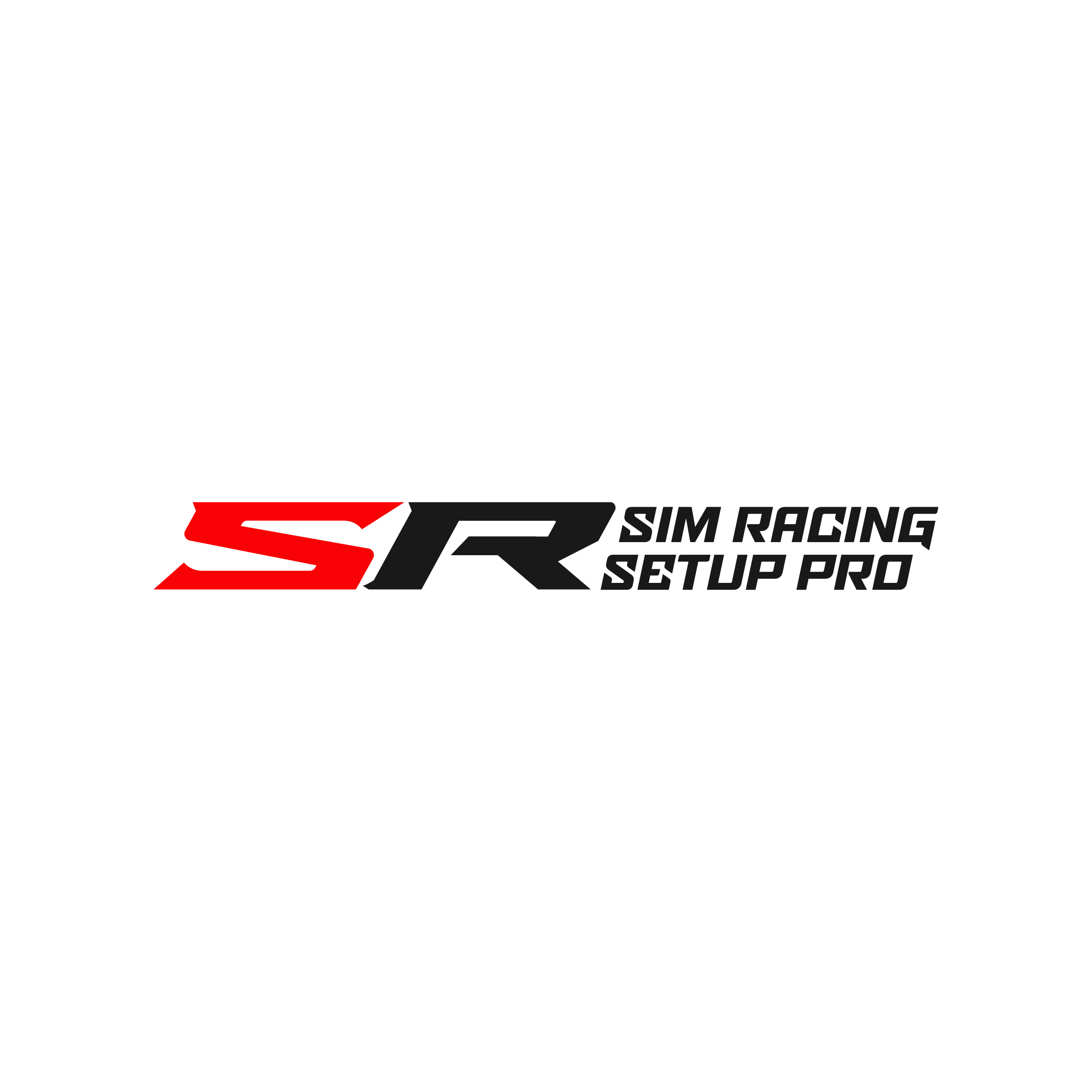
The Ultimate Buyer’s Guide for 2025 & Beyond
A high-quality monitor is the most important visual component of your sim racing setup. It affects motion clarity, reaction time, and immersion, all of which are crucial for competitive and casual racers alike.
But with ultrawide, triple-screen, VR, OLED, Micro-LED, and even AI-driven displays emerging, how do you know which monitor is truly best for sim racing?
This industry-first guide goes beyond generic recommendations. We’ll dive into:
✅ Scientific insights on motion clarity and reaction time.
✅ Esports benchmarks showing the real impact of refresh rates.
✅ Emerging technologies that could revolutionize racing in the next five years.
If you’re serious about getting the best sim racing monitor, this is the only guide you need.
The Three Most Important Specs for Sim Racing Monitors
Before exploring configurations and future tech, let’s establish the three most crucial factors in choosing a monitor for sim racing.
| Feature | Why It Matters | Ideal Range for Sim Racing |
|---|---|---|
| Refresh Rate (Hz) | Motion smoothness & fluidity | 144Hz minimum, 240Hz+ ideal |
| Response Time (ms) | Sharpness of fast-moving objects | 1ms GtG or lower |
| Resolution (Pixels) | Visual clarity & detail | 1440p sweet spot, 4K for premium setups |
Why Refresh Rate Matters More Than Resolution
A 1440p 144Hz monitor is objectively better for sim racing than a 4K 60Hz monitor because fluidity and reaction time outweigh pixel count.
Esports Benchmark: How Refresh Rate Affects Reaction Time
Competitive sim racers need the lowest input lag possible. A recent Logitech G study on professional esports players found that:
- 144Hz vs. 60Hz: A 15-20% reduction in reaction times.
- 240Hz vs. 144Hz: Another 5-7% improvement.
- 360Hz+: Diminishing returns for casual racers, but noticeable in esports.
Verdict: If you’re racing competitively, 240Hz+ is the new gold standard.
The Best Monitor Configurations for Sim Racing
Ultrawide Monitors: Best for Immersion
Ultrawide (21:9 or 32:9) offers a bezel-free, natural cockpit-like experience.
✅ Best For: Sim racers wanting a seamless single-screen setup.
⚠️ Downside: Slightly less peripheral vision than a triple monitor setup.
Next-Gen Trend: AI-powered foveated rendering (eye-tracking displays) will adjust FOV dynamically, simulating how the human eye naturally focuses.
Triple Monitor Setup: Best for Realism
Three screens mimic a full 180-degree cockpit experience.
✅ Best For: Competitive racers needing realistic depth perception.
⚠️ Downside: Bezels can be distracting.
Future Innovation: Bezel-less OLED panels & curved multi-screen setups will remove this issue entirely by 2026.
VR & Mixed Reality: The Future of Sim Racing?
VR offers the most immersive experience, allowing you to naturally turn your head.
✅ Best For: Unmatched realism & depth perception.
⚠️ Downside: Motion sickness risk, lower pixel clarity vs. monitors.
What’s Next? Holographic racing displays will replace VR headsets entirely, displaying 3D-rendered environments directly in front of you.
Future-Proofing Your Racing Display: Emerging Technologies
The best monitor for sim racing today may not be the best in five years. Here’s how to future-proof your setup with emerging display innovations.
1. OLED & Micro-LED: The Future of Racing Displays
- OLEDs offer near-instant response times and perfect contrast, making them ideal for night racing.
- Micro-LED technology delivers OLED-like contrast with no burn-in risk and even faster pixel response.
Best Move: If budget allows, OLED now or wait for Micro-LED in the next 2-3 years.
2. AI-Powered Displays: The Next Performance Boost
- AI-driven frame generation (like NVIDIA DLSS 3) interpolates extra frames, making 120Hz monitors feel like 240Hz+.
- Adaptive brightness & contrast AI will adjust settings based on race conditions for better visibility in dark corners and bright sunlit tracks.
Pro Tip: In the future, AI will optimize refresh rates & resolution dynamically, balancing performance & clarity on the fly.
3. 480Hz+ Monitors: Eliminating Input Lag Completely
Today, 240Hz is the gold standard, but 480Hz monitors are already being tested.
Why it matters? Ultra-high refresh rates will make sim racing as close to real-time as possible, eliminating motion blur entirely.
Who benefits most? Esports racers where every millisecond counts.
Avoid These Common Pitfalls
✅ Don’t Prioritize Resolution Over Refresh Rate – 4K sounds great, but 144Hz+ is more important for racing fluidity.
✅ Watch for Real-World Input Lag – Some “1ms” monitors actually have 4-5ms real-world latency—check reviews.
✅ Avoid TVs for Sim Racing – Even in Game Mode, most TVs introduce noticeable input lag.
Pro Tip: Use IPS panels for best viewing angles & color accuracy; VA panels for deep blacks but slower response times.
The Best Sim Racing Monitors Right Now
| Monitor | Type | Refresh Rate | Response Time | Why It’s Great |
|---|---|---|---|---|
| Alienware AW3423DW | Ultrawide OLED | 175Hz | 0.1ms | Best OLED ultrawide with perfect contrast. |
| Samsung Odyssey G9 | Super Ultrawide | 240Hz | 1ms | Massive 32:9 display, great for immersion. |
| BenQ EX3501R | Budget Ultrawide | 100Hz | 4ms | Affordable & immersive curved display. |
| ASUS PG259QN | Esports | 360Hz | 1ms | Best for pro-level reaction speeds. |
| HP Reverb G2 | VR | 90Hz | Low latency | High-resolution VR headset for sim racing. |
Final Takeaways: What’s the Best Monitor for Sim Racing?
Best Overall: 1440p, 144Hz+, 1ms response time (IPS or OLED).
Best for Competitive Racers: 240Hz+ with AI-powered frame generation.
Best for Future-Proofing: OLED or Micro-LED with AI-driven performance optimizations.
Looking ahead? The next-gen racing displays may be holographic, AI-optimized, or even mind-controlled—but for now, picking the right refresh rate, resolution, and panel type will keep you ahead of the pack.
